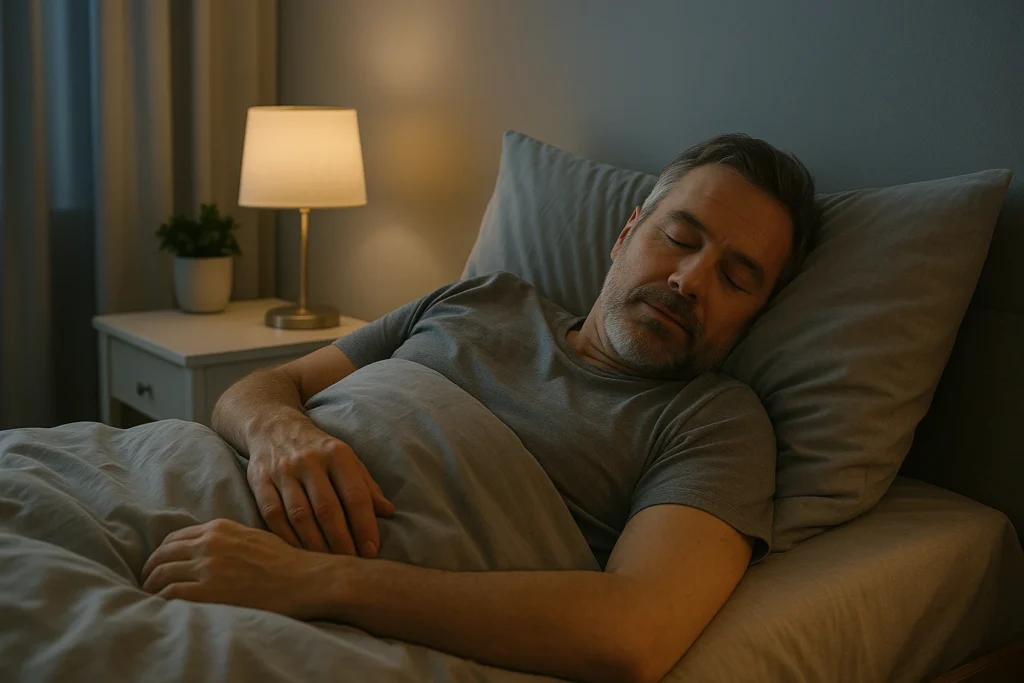Sleep apnea is a common yet serious sleep disorder where breathing repeatedly stops and starts. Continuous Positive Airway Pressure (CPAP) therapy is a widely recognized treatment that helps individuals with sleep apnea breathe more easily during sleep. This article will guide you through the essentials of CPAP therapy, its benefits, potential side effects, and tips for optimizing treatment.
Understanding CPAP Therapy
CPAP therapy involves the use of a machine that delivers steady air pressure through a mask to keep the airways open during sleep. This prevents the airway from collapsing and ensures an uninterrupted breathing pattern, which significantly improves sleep quality.
How CPAP Improves Sleep
The primary goal of CPAP therapy is to facilitate proper breathing, thereby reducing or eliminating the instances of apnea during sleep. By maintaining an open airway, CPAP helps:
- Reduce snoring
- Improve oxygen levels
- Enhance overall sleep quality
As a result, users often experience increased daytime alertness, reduced fatigue, and an overall improvement in their quality of life.
Optimizing CPAP Treatment
For CPAP therapy to be effective, it must be used consistently and correctly. Here are some strategies to optimize your CPAP treatment:
Choosing the Right CPAP Mask
Finding a comfortable and well-fitting CPAP mask is crucial. There are several options available, including:
- Nasal Masks: Cover the nose and are ideal for people who breathe through their nose.
- Full-Face Masks: Cover both the nose and mouth, suitable for mouth breathers or individuals with nasal obstructions.
- Nasal Pillow Masks: Rest at the entrance of the nostrils, offering a lighter and less intrusive option.
Ensuring CPAP Compliance
Compliance with CPAP therapy can be challenging but is essential for its success. Here are some tips to enhance compliance:
- Gradually Increase Usage: Start by wearing the mask for short periods during the day to get used to the sensation.
- Create a Routine: Establish a bedtime routine that includes putting on your CPAP mask to make it a part of your nightly ritual.
- Seek Support: Join support groups or online forums where you can share experiences and get advice from fellow CPAP users.

Addressing CPAP Side Effects
Like any treatment, CPAP therapy may have side effects. However, most can be managed with simple adjustments:
Common CPAP Side Effects
- Nasal Congestion or Dryness: Using a heated humidifier can alleviate these symptoms.
- Skin Irritation: Ensuring the mask fits properly and cleaning it regularly can help prevent irritation.
- Claustrophobia: Trying different mask styles or desensitization techniques can reduce feelings of claustrophobia.
CPAP for Severe Sleep Apnea
For individuals with severe sleep apnea, CPAP therapy is often more than just a treatment—it’s a necessity. Consistent use of CPAP can significantly reduce the risk of complications associated with untreated sleep apnea, such as:
- Cardiovascular issues
- High blood pressure
- Stroke
Sleep Apnea Solutions Beyond CPAP
While CPAP is the most effective treatment for moderate to severe sleep apnea, other solutions might be considered for those who struggle with CPAP compliance:
- Lifestyle Changes: Weight loss, avoiding alcohol, and sleeping on your side can help reduce apnea episodes.
- Oral Appliances: Devices that reposition the jaw and tongue to keep the airway open.
- Surgery: In some cases, surgical interventions to remove tissue or realign jaw structures may be recommended.
Conclusion
CPAP therapy is a powerful tool for managing sleep apnea and improving sleep quality. By understanding how to optimize your treatment, addressing side effects, and maintaining compliance, you can significantly enhance your sleep and overall well-being. If you suspect you have sleep apnea or are struggling with CPAP therapy, consult with a sleep specialist for personalized advice and support.
Remember, effective sleep apnea management is a journey, and with the right tools and support, you can achieve better sleep and a healthier life.








